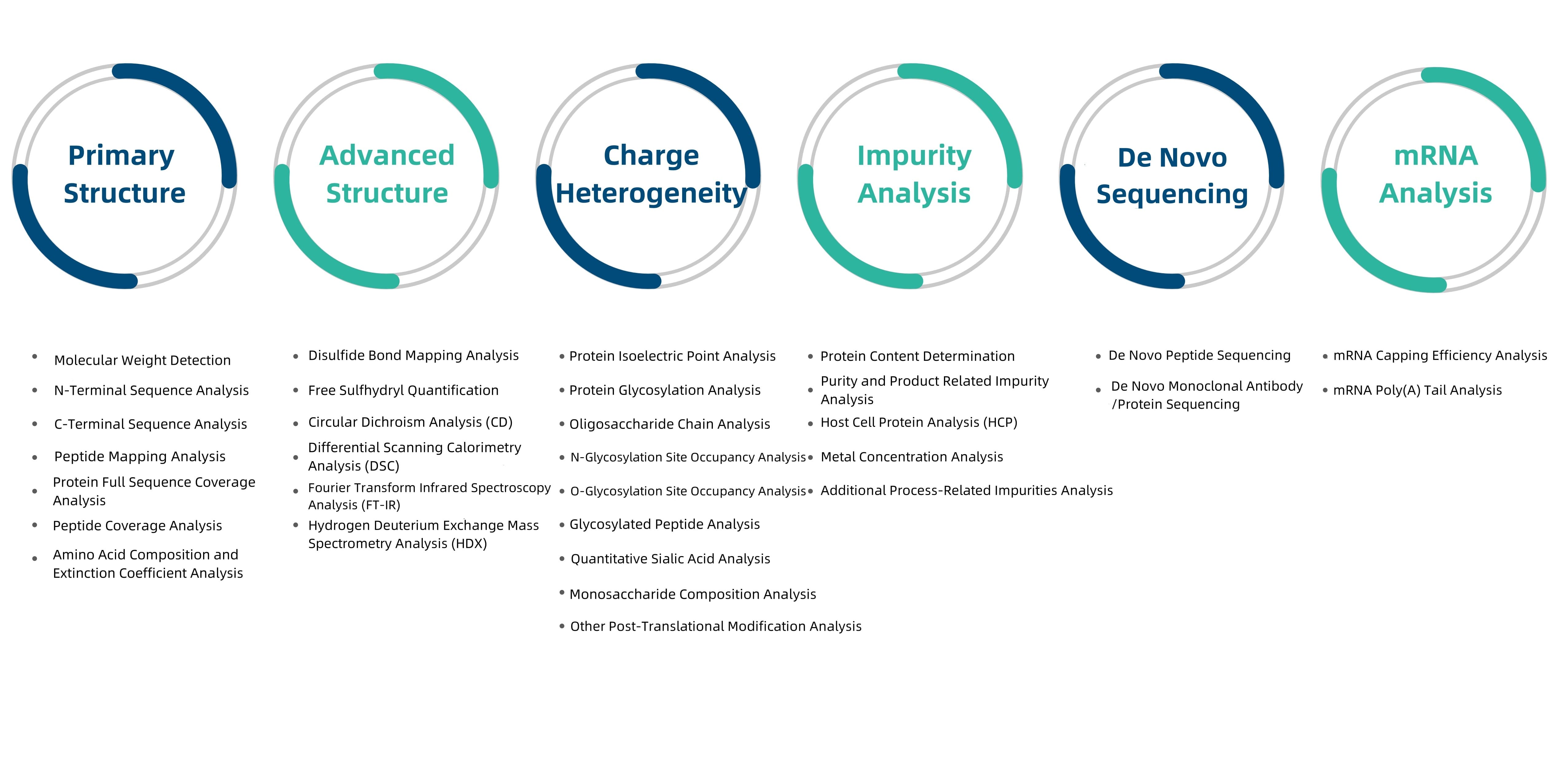Extinction Coefficients Analysis Service
The extinction coefficient is a unit of measurement that determines the absorption intensity of a chemical substance at a specific wavelength. The molar extinction coefficient of proteins at 280 nm is almost entirely dependent on the number of aromatic residues, especially tryptophan, and can be predicted from the amino acid sequence. If the molar extinction coefficient is known, it can be used to determine the concentration of protein in a solution. A common method for determining the extinction coefficient is spectrophotometry, which is also the method currently used by most biological products to determine the extinction coefficient.
Analysis of Extinction Coefficient
According to the Beer-Lambert law, when a beam of monochromatic light passes through the flow cell, if the mobile phase does not absorb light, the absorbance (A) is proportional to the concentration of the absorbing component (C) and the optical path length (L) of the flow cell. Therefore, simply measuring the absolute content of the protein and the extinction value of the test sample at UV 280 nm wavelength with a 1 cm light path can calculate the protein's extinction coefficient using the formula ℇ = A/cl.
Services at MtoZ Biolabs

Deliverables
In the technical report, MtoZ Biolabs will provide you with detailed technical information, including:
1. Experimental Procedures
2. Relevant Instrument Parameters
3. Raw Data
4. Analysis Results of the Extinction Coefficient
How to order?







